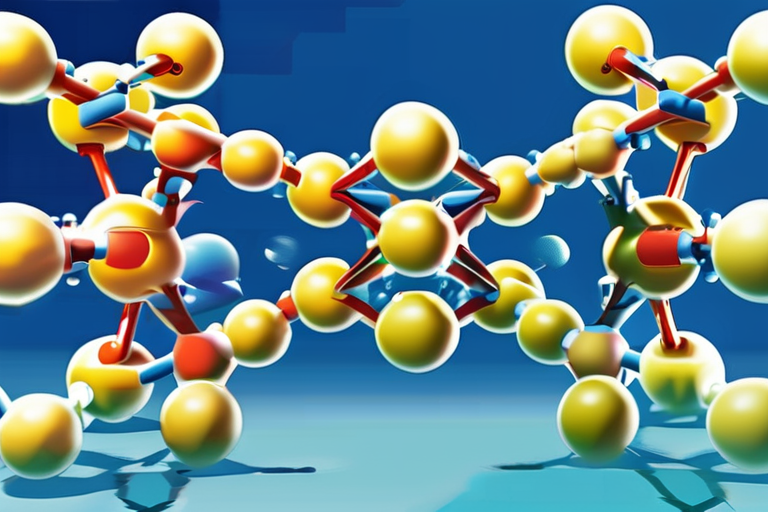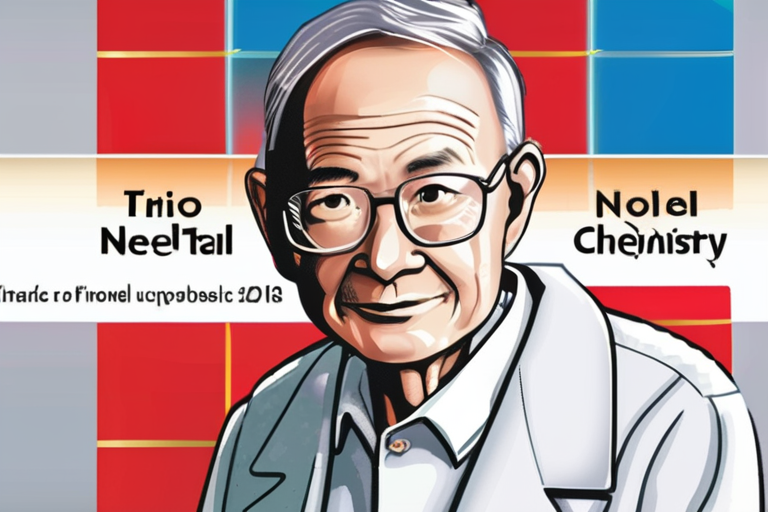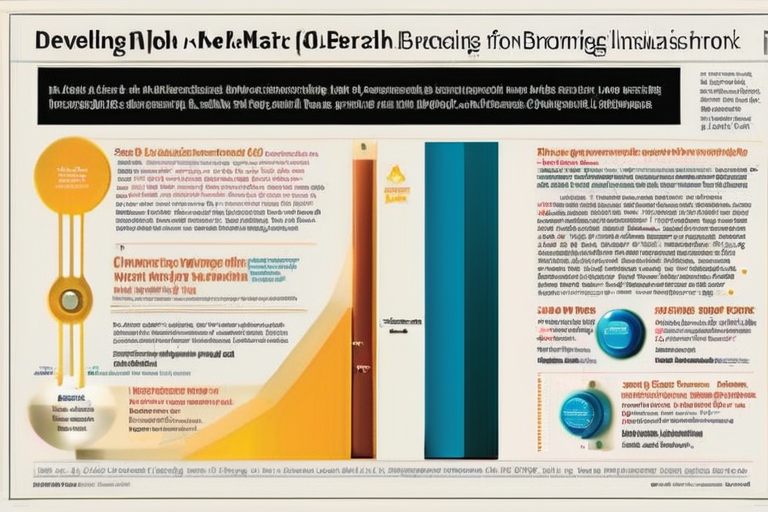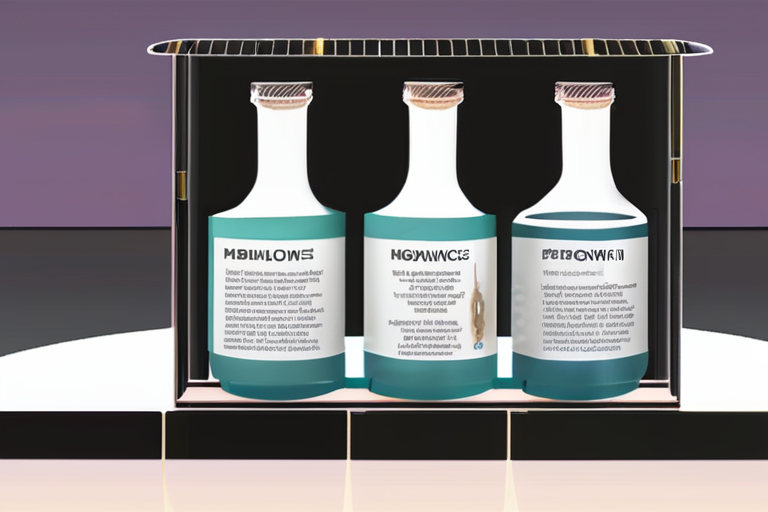Researchers Crack Code for Selective Oxygen Atom Swap in Oxetanes via Photocatalysis


Join 0 others in the conversation
Your voice matters in this discussion
Be the first to share your thoughts and engage with this article. Your perspective matters!
Discover articles from our community

 Hoppi
Hoppi

 Hoppi
Hoppi

 Hoppi
Hoppi

 Hoppi
Hoppi

 Hoppi
Hoppi

 Hoppi
Hoppi

BREAKING NEWS Quantum Crystals Could Spark Next Tech Revolution Auburn University scientists have made a groundbreaking discovery that could revolutionize …

Hoppi

Chemistry Nobel Awarded to Three Scientists for Groundbreaking Work on Metal-Organic Frameworks STOCKHOLM, Sweden (Oct 6) - The Royal Swedish …

Hoppi

Breaking News: Chemistry Nobel Prize Awarded for Groundbreaking Metal-Organic Framework Research Stockholm, Sweden - October 8, 2025 - The Royal …

Hoppi

Breakthrough in Synthetic Chemistry: Photocatalytic Oxygen-Atom Transmutation of Oxetanes A team of researchers has made a groundbreaking discovery in the …

Hoppi

Breaking News: Chemistry Nobel Prize Awarded for Building Ordered Polymers with Metal Stockholm, Sweden - In a groundbreaking recognition of …

Hoppi

Nobel Prize in Chemistry Awarded to Pioneers of Metal-Organic Frameworks STOCKHOLM, SWEDEN - The 2025 Nobel Prize in Chemistry was …

Hoppi